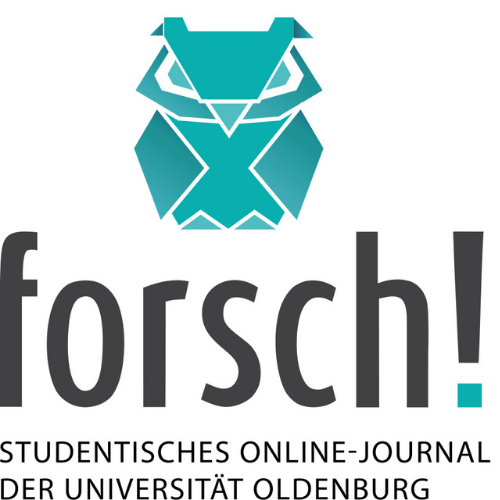Role of Termites in Nutrient Recycling and Productivity of Beans: A Case Study of Muni Village, Oluko Sub-County, Arua District, Uganda
Schlagwörter:
Beans, Nutrient Recycling, Productivity, TermitesAbstract
This study examined the role of termites in nutrient recycling and productivity of beans in Muni village. Soil pH and nutrients (nitrogen, phosphorous) were established using standard methods. The productivity of beans (plant height, leaf length, leaf width, number of flowers and number of pods) in termite mound and normal soil types were determined. A tape measure was used to determine the height of the plants, length and width of the first leaf on each plant. Macrotermes bellicosus was the only termite species obtained in the studied mounds of Muni village, Oluko Sub County, Arua district. Old termite mound soils had higher amount of nutrients (N, P) and lower soil pH than normal (non-mound) soils. The productivity of beans grown in termite mound soils was higher than that in normal soils hence the termite mound soils which are enriched with phosphorus and nitrogen nutrients can be used to amend nutrient deficient soils for growing of beans and other crops.
Please cite this contribution as follows:
Wamboi, M., & Andama, M. (2021). Role of termites in nutrient recycling and productivity of beans: A case study of Muni Village, Oluko Sub-County, Arua District, Uganda, "forsch!" - Studentisches Online-Journal der Universität Oldenburg, 1, 163 -173.
https://nbn-resolving.org/urn:nbn:de:101:1-2022011414280421561508
Downloads
Veröffentlicht
Ausgabe
Rubrik
Lizenz
Copyright (c) 2021 Morine Wamboi, Morgan Andama

Dieses Werk steht unter der Lizenz Creative Commons Namensnennung 3.0 International.




